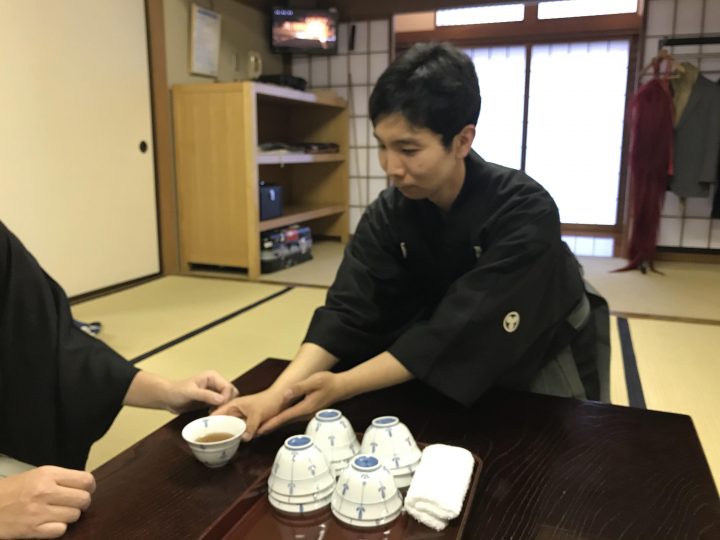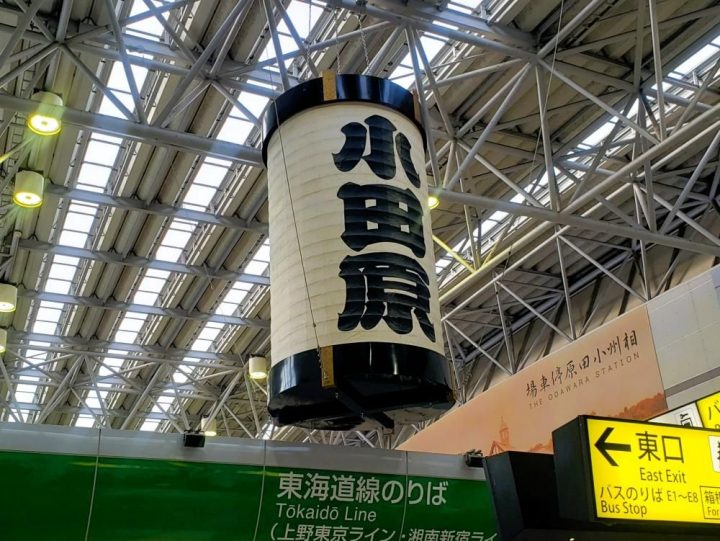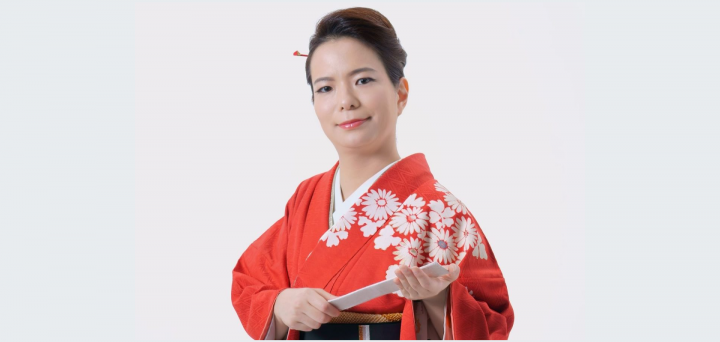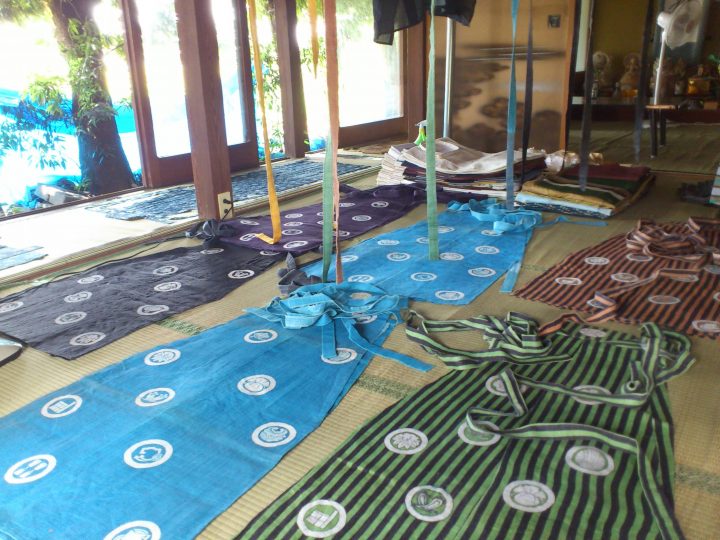Deep Dive into the Culture and History of Kanagawa
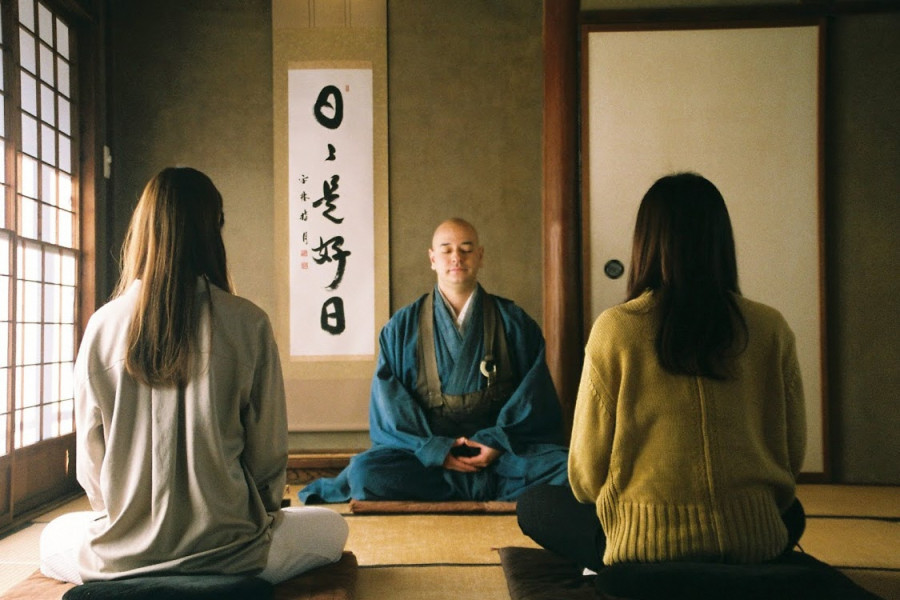
Once the de-facto capital of Japan during the Kamakura period, Kanagawa’s role in Japanese history and culture has always been a momentous one. Discover traditional Japanese cultural and religious customs that have been passed down within Kanagawa through the ages.
Waterfall Meditation at Daijoin Temple

Since ancient times, mountains have been revered around the world as places where spirits, gods, and demons dwell. They are considered the home of ancestral spirits and some even claim these peaks are the axis connecting heaven and earth. Upon entering these deep mountains and valleys, monks can gain spiritual life force through a variety of methods, such as fasting, water training, waterfall training, lantern goma, and fire-walking.
At Daijoin Temple in Odawara City, built around 700 A.D., monks and ascetic practitioners still practice these traditional customs, including the Setsubun no Hiwatari Aragyo (firewalking) and waterfall asceticism, which guests can also experience.
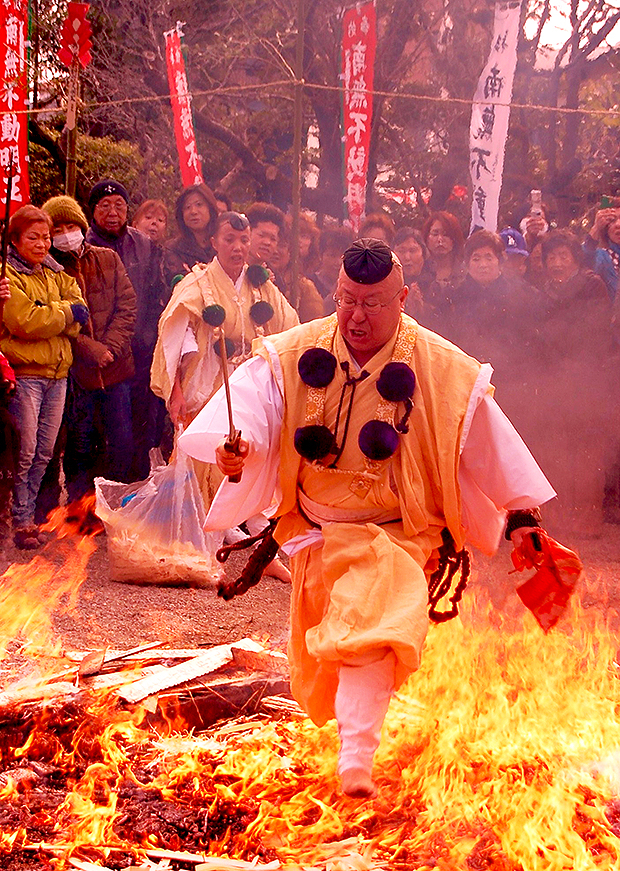
Kashozanmai (fire-walking asceticism)
Kashozanmai, or fire-walking samadhi, is said to be one of the most severe forms of ascetic practice. Walking on the path (of fire) paved with hot coals is said to burn away even the sins we commit daily without knowing and purify our body and soul, thereby bestowing blessings upon us.
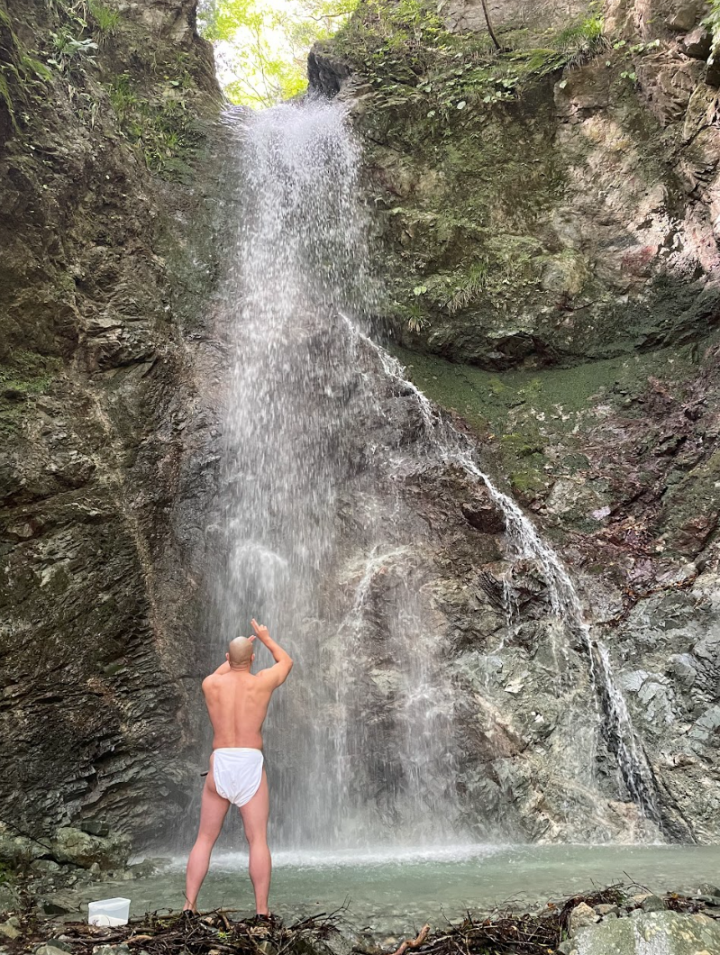
Takigyo (Waterfall Training)
Takigyo is an ascetic practice where one enters a waterfall basin and chants sutras while being rained down upon by the waterfall. It is known as a severe spiritual practice in which one immerses oneself entirely in the intensity of the waterfall.

No matter the season, stepping under a waterfall can be described in one phrase: freezing cold. The cold first shocks your system, and all you can think about is how chilly it is. Next comes the uneven pressure of torrents of water hitting your shoulders and the top of your head. As unpleasant as this may sound, these sensations slowly fade away, leaving only the sound of water beating down on your skin and the feeling of your eyes shut tightly against the faint chanting of Buddhist sutras by the Daijoin Temple monks who accompanied you.
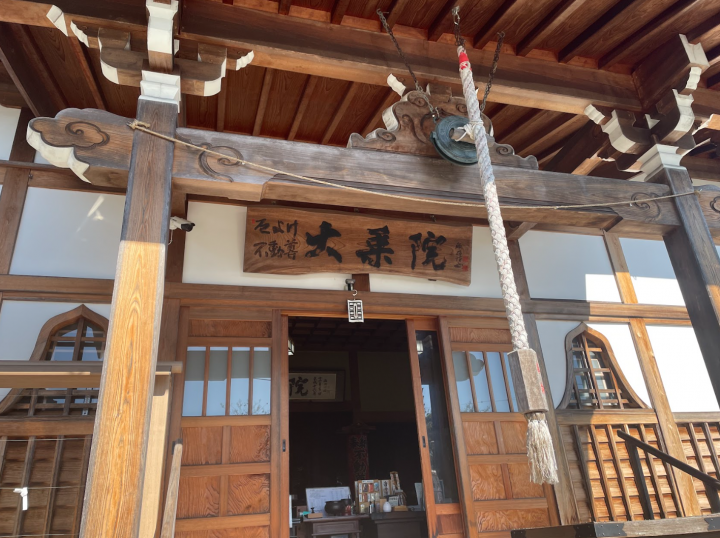
Daijoin Temple is located in Odawara City, Kanagawa Prefecture and is a 10-minute walk from JR Shimosoga Station.
Daijoin Temple: https://trip.pref.kanagawa.jp/destination/daijoin-temple/2018
More than 150 years of tradition: Arai Daruma Store
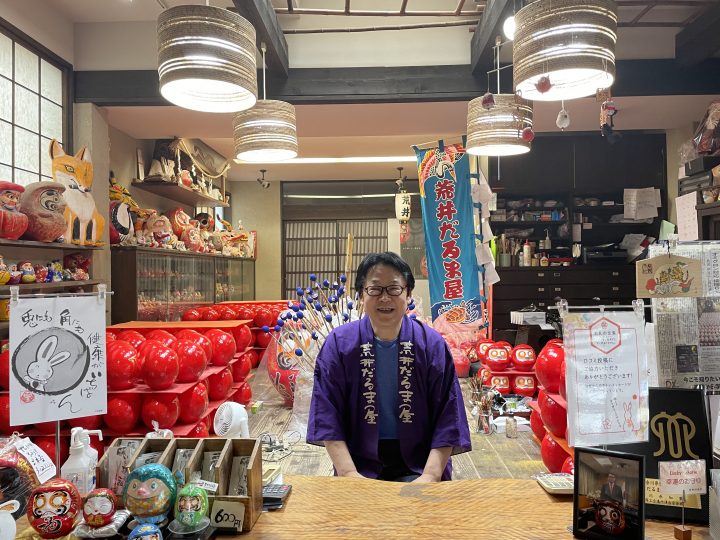
Walking into Hiratsuka’s Arai Daruma Store is an experience in itself. The shop specializes in Soshu Daruma dolls, Soshu referring to the ancient province of Sagami. These dolls are characterized by their white faces, gold leaf eyelids, and detailed renderings of eyebrows and hairs. Arai Daruma Store features Daruma dolls of all shapes and sizes, including the classic red and white dolls, special zodiac dolls, and bright gold dolls with emphasized details.
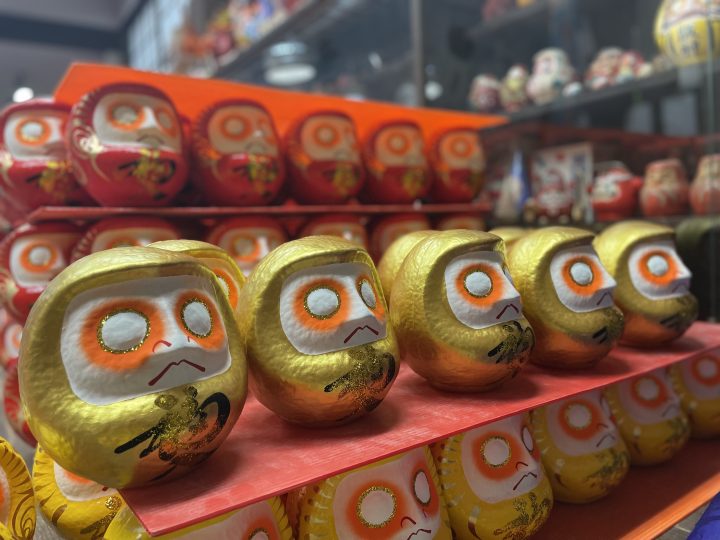
Boasting over 150 years of history, the Arai Daruma Store is dedicated to creating handmade versions of these Daruma dolls according to the traditional methods passed down through their family for generations. The current store master, Arai-san, is an artist in every right of the word. Demonstrating his skills to us on an uncompleted Daruma doll, a switch seems to be flipped the moment a brush enters his hands. His bubbly, humble personality gives way to a face blank of expression, eyes focused only on the doll in his hands, as nimble yet firm brushstrokes drag their way across the doll’s face.
“When I'm painting," he says, "two or three hours fly by. I don’t think of anything, I’m not distracted by anything, because there’s no room for failure," says Arai with a broad smile as he describes his masterful craftsmanship.
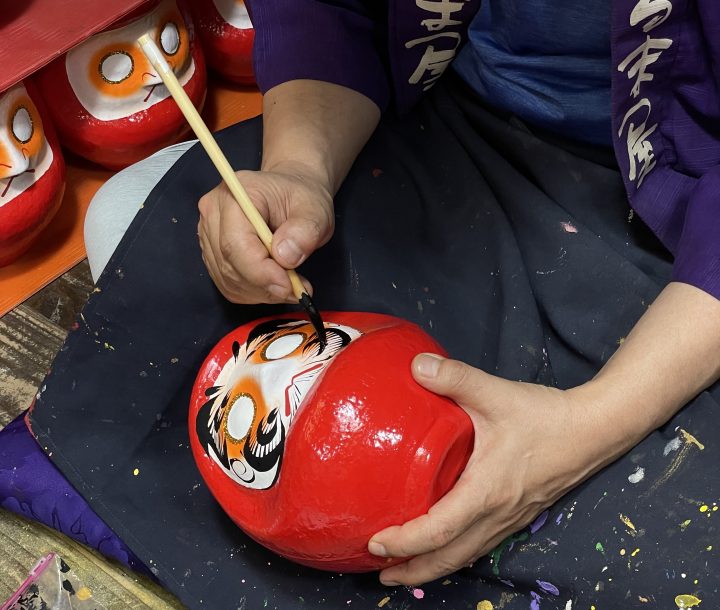
Daruma dolls are popular as a good-luck talisman that grants all kinds of wishes. Why not find your favorite one at the Arai Daruma Shop?
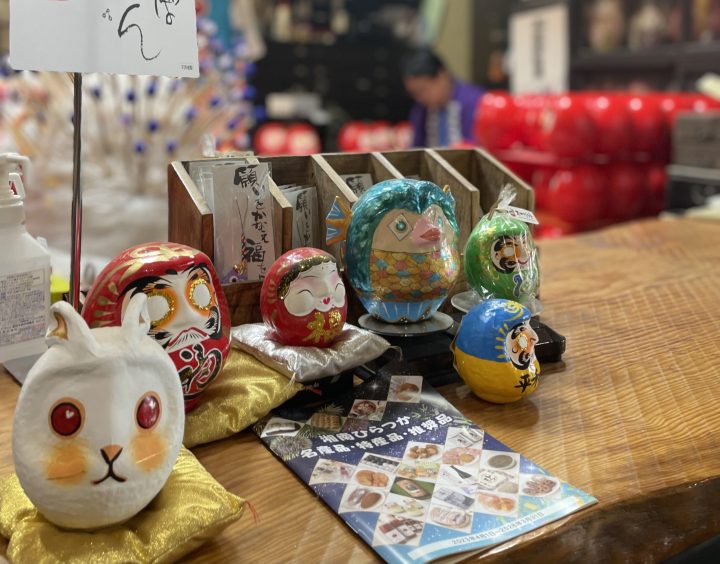
The Arai Daruma Store is located in Hiratsuka, Kanagawa. It is a 15-minute bus ride from Hiratsuka Station.
Arai Daruma Store: https://trip.pref.kanagawa.jp/destination/arai-daruma-store-daruma-painting-experience/1030
Zen meditation experience at Ganshuji Temple
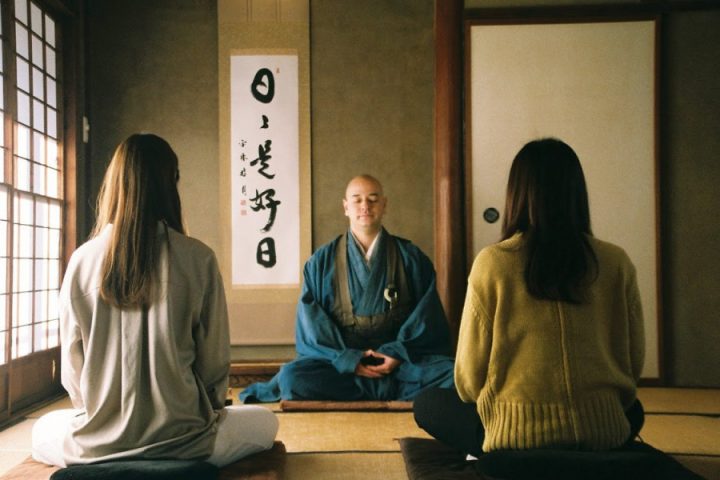
Ganshuji Temple, a member of the Rinzai sect of Zen Buddhism, is a famous Buddhist temple in Odawara City founded in 1407. The current abbot is the first mixed-race abbot of a Zen temple in Japan, and his activities are wide-ranging. Most popular among them is a Zen meditation experience for locals and tourists.
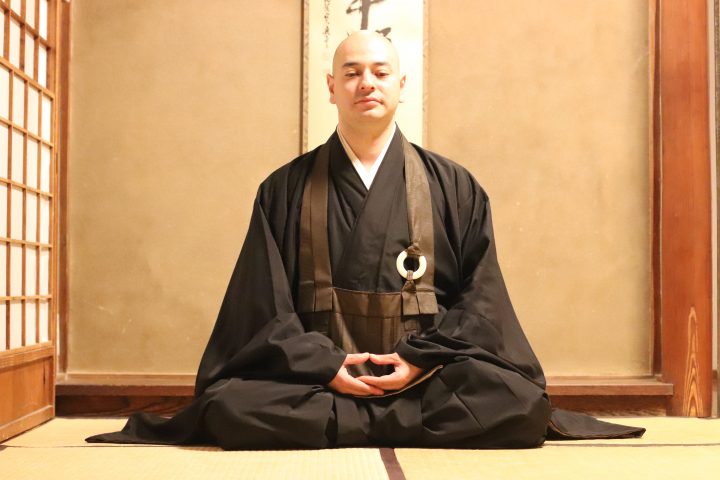
“Zazen” is a basic practice of Zen Buddhism in which one faces oneself through mental unification within a sitting posture.
Zazen is said to have both psychological and physical benefits. One of these is the rhythmic breathing that engages practitioners’ abdominal muscles and activates serotonin nerves, leading to stress reduction and soothing of the mind. Zazen also places practitioners’ bodies in a state of complete relaxation, whilst the mind remains contrastingly sharp. This results in a high state of concentration, increasing productivity and simulating brain activity.
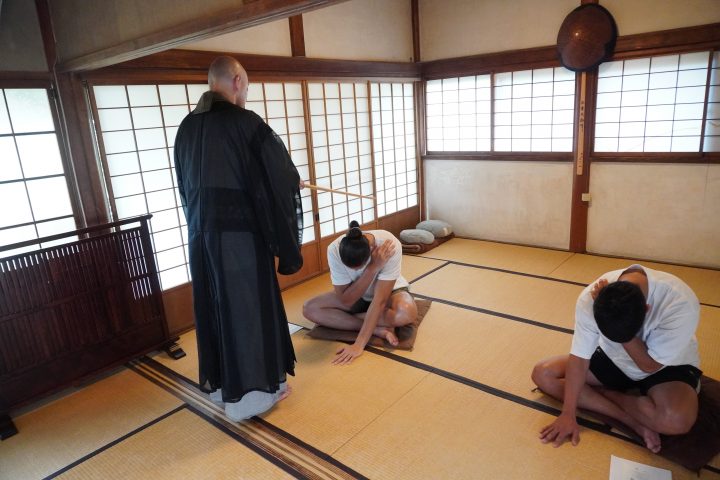
Sitting cross-legged in one of the Ganshuji Temple’s tatami rooms already transports you to a relative state of zen. As your vision goes dark behind closed eyelids, the guiding monk’s instructions gently echo in the room, slowly guiding you through breathing exercises, correcting your posture, and coaxing the jumble of thoughts in your mind into gentle waves. Let your mind and body unravel as you experience a long-practiced meditation technique passed down through the ages.
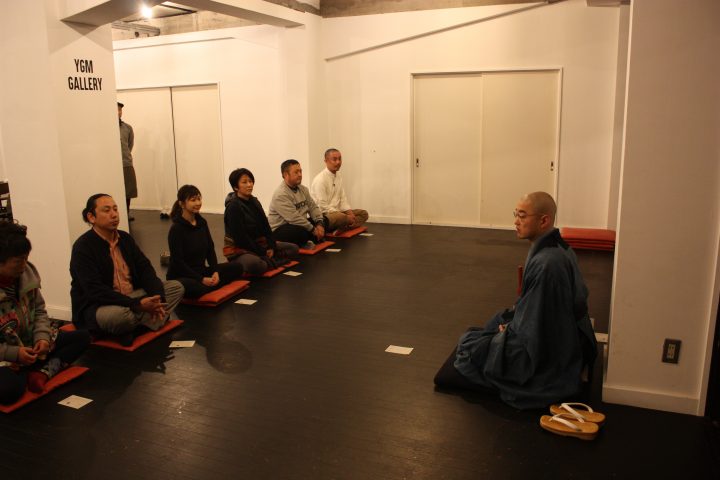
If visiting Ganshuji Temple in person doesn’t quite fit into your travel plans, you can always enroll in its online course. A 30-minute zazen session costs ¥1,000, and you can join from anywhere in the world so long as you have an Internet connection.
Ganshuji Temple is located in Odawara City, Kanagawa Prefecture and is a 5-minute walk from Odawara Station on the JR and Odakyu lines.
Ganshuji Temple: https://trip.pref.kanagawa.jp/destination/zazen-experience-flying-monk-gansyuji-temple-daitokuji-school-of-rinzai-zen-buddhism/1996
Craft Experience in an Old House: Takara no Niwa
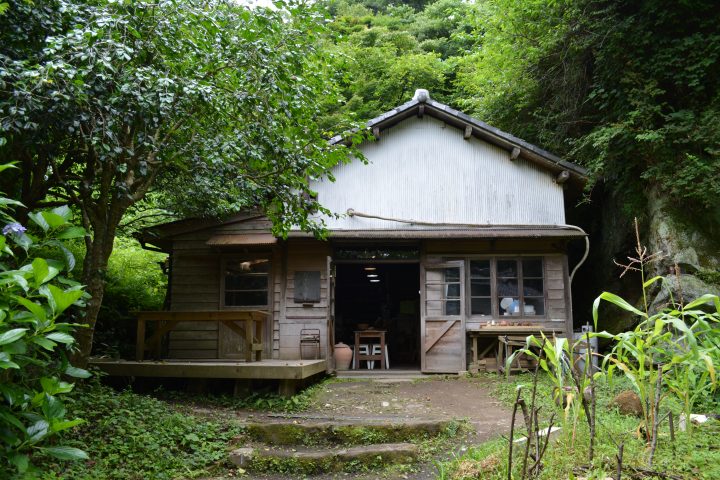
Takara no Niwa is a beautiful, natural space found at the end of a path to the side of Jochiji Temple in Kitakamakura. Surrounded by beautiful nature, this 80-year-old house offers various classes such as pottery making, cooking, dyeing, and yoga by reservation.
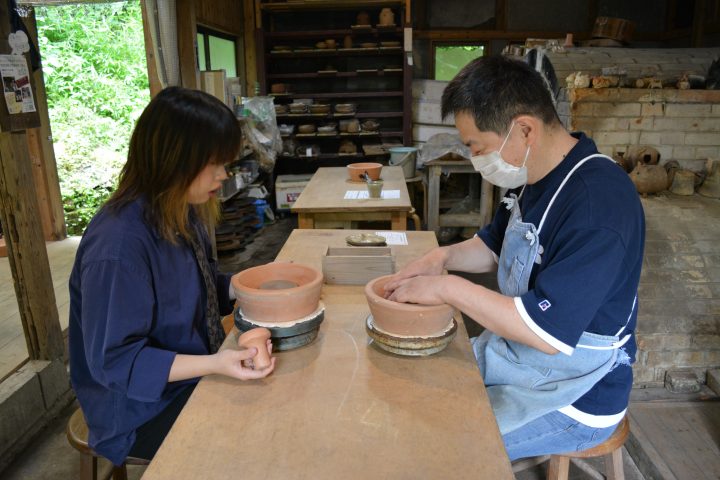
Participating in the flower-stained pottery lesson begins with the instructor placing a ball of dough in your hands, along with instructions to place the cold and slightly damp gray clay into a dome-shaped bowl. As the instructor shows you how to even out the clay into a dome-shaped plate, they also kindly give you pointers every now and then.
All you hear are the soft sounds of your palms gently molding clay into what will be your beautiful, flower-stained dish and birds chirping in the outdoor garden, along with the instructor encouraging you to ‘yukkuri, yukkuri, yukkuri’ (slowly, slowly, don’t rush) as your eyes sharpen in concentration.
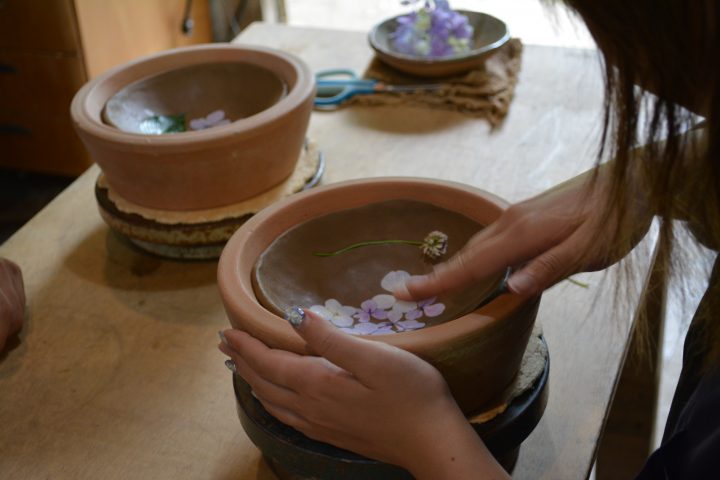
After the initial shaping process, you will be asked to explore the outdoor garden and pick out seasonal blooms that will be seen on your final product. After your selections are aesthetically organized, they will be softly pressed into your shaped clay. After a slight brushing of white clay, they’ll be returned to the instructor, who will mail you the final product within two months.
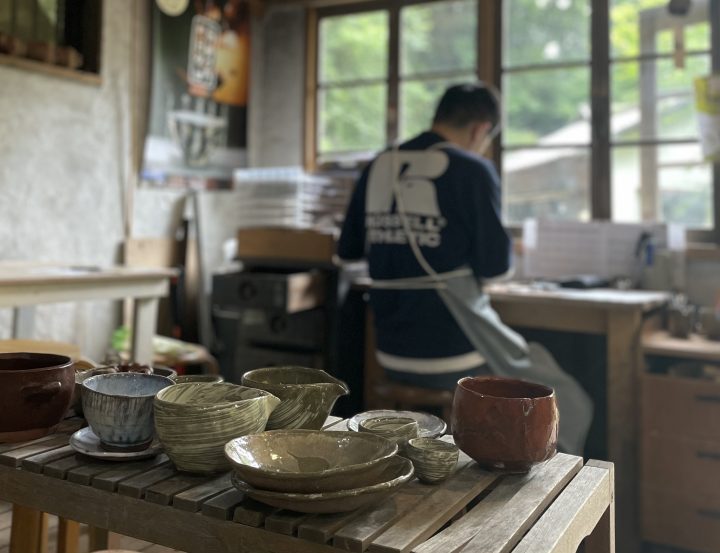
Pottery class experiences at Takara no Niwa require roughly one hour. Visitors are highly encouraged to experience such traditional Japanese handicrafts during their sightseeing tour of Kamakura!
Takara no Niwa is located in Kamakura City, Kanagawa Prefecture, a 10-minute walk from JR Kitakamakura Station.
Takara no Niwa: https://trip.pref.kanagawa.jp/destination/kita-kamakura-takaranoniwa/1557
A Trip to Discover Traditional Customs with Locals
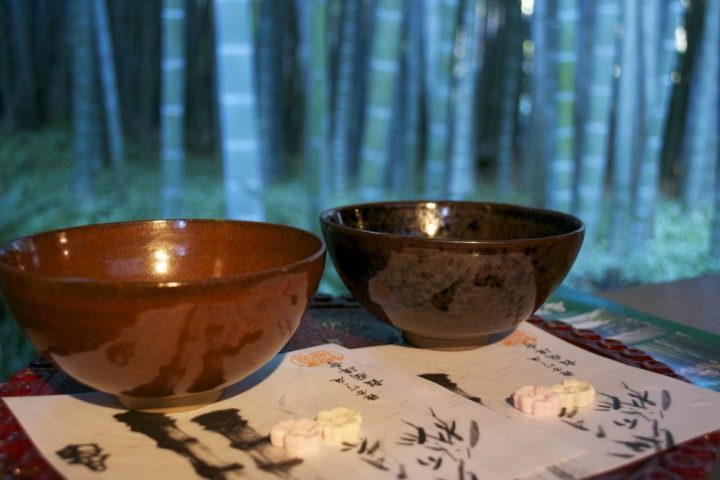
Kanagawa is home to numerous uniquely-Japanese cultural experiences. Connect with Japan and her traditions on a deeper level through local experts and Kanagawa locals. Participating in immersive classes and events allows tourists and locals alike to rediscover traditional customs and dive deeper in Kanagawa’s rich culture and history.
